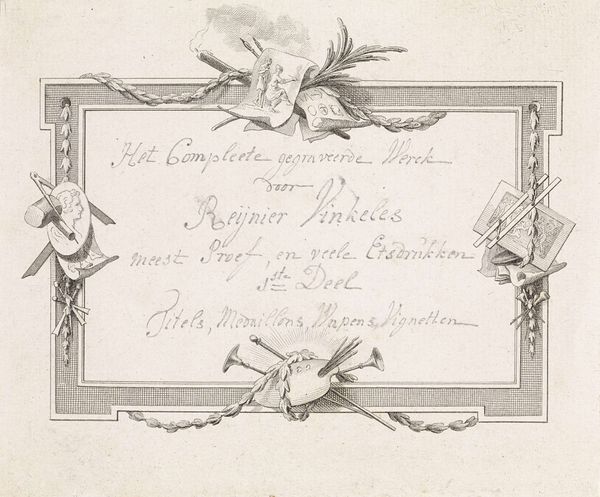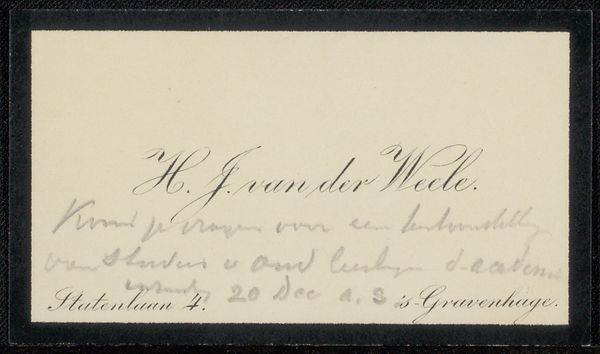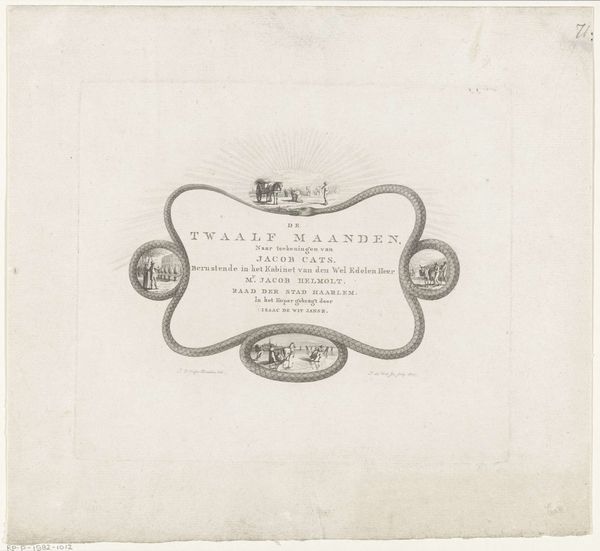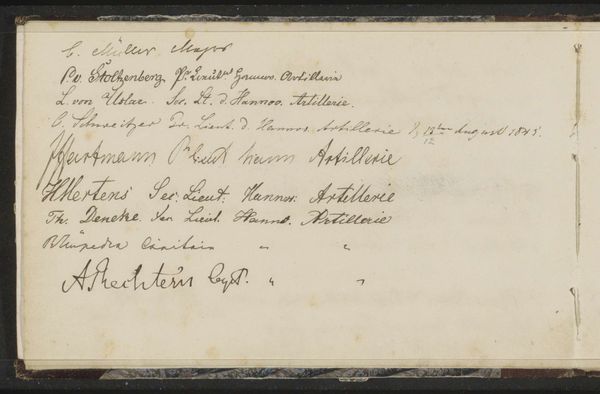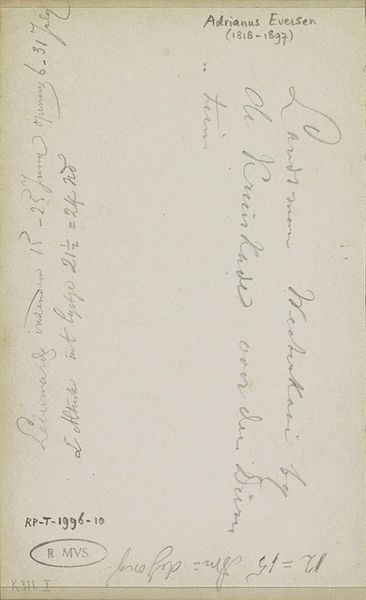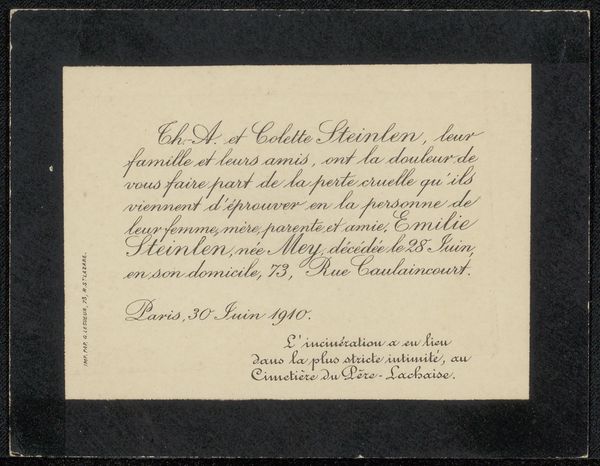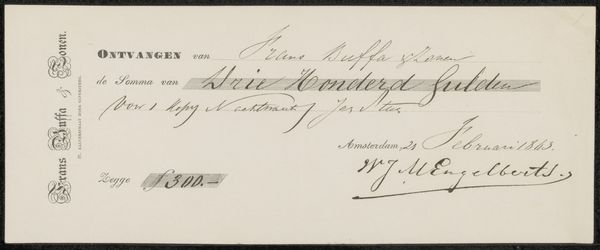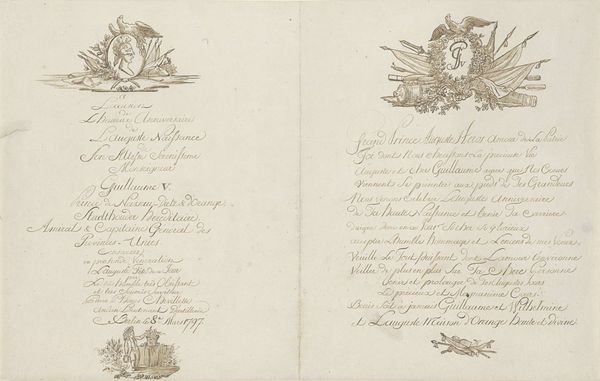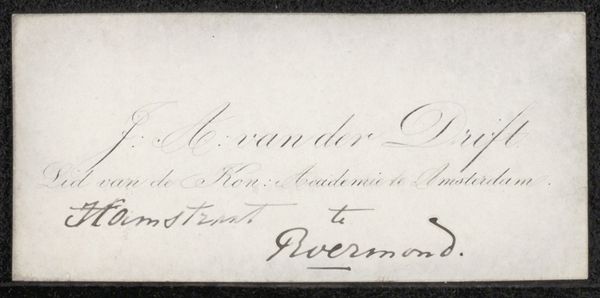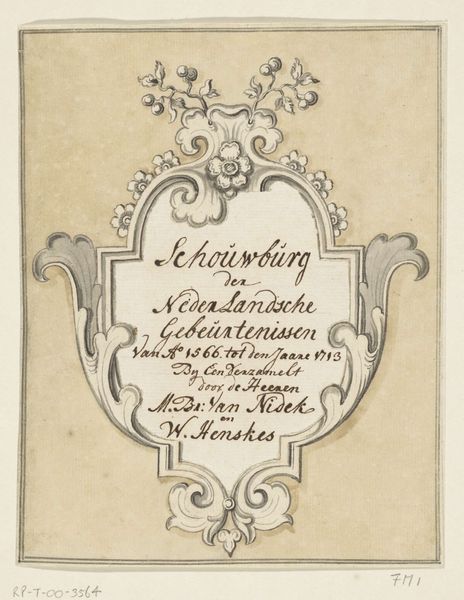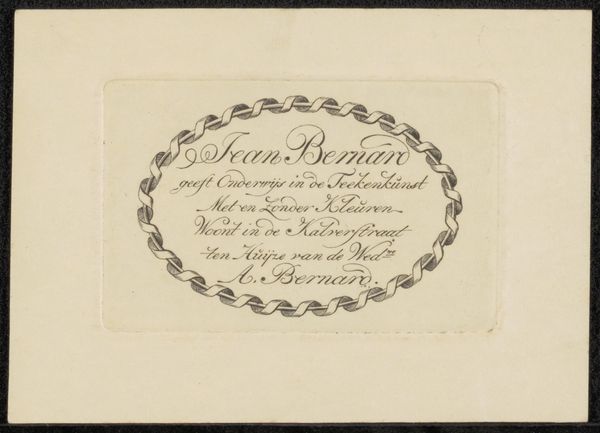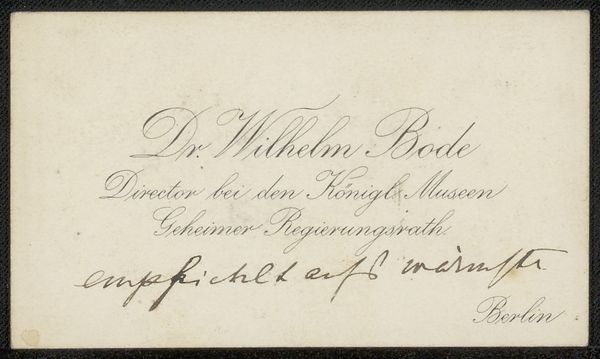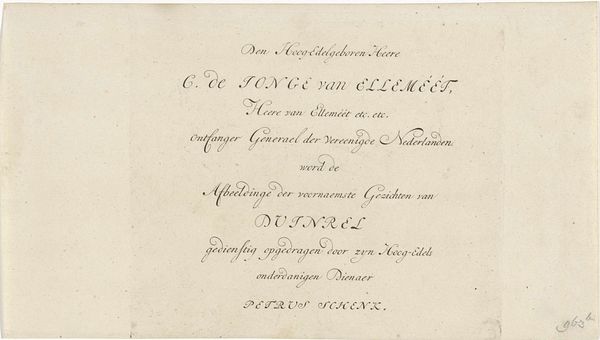
drawing, paper, ink
#
drawing
#
baroque
#
paper
#
ink
Dimensions: height 243 mm, width 360 mm
Copyright: Rijks Museum: Open Domain
Editor: We're looking at "Titelblad van preek over vanitasthema's" (Title Page of a Sermon on Vanity Themes) by Gesina ter Borch, created between 1660 and 1687. It's an ink drawing on paper. I'm struck by the elegant, almost delicate script, but there’s also a sense of somberness that the dark ink evokes. What's your take on this, beyond just the script itself? Curator: Ah, yes, the hand of Gesina. Don't you think the piece whispers secrets? For me, the beauty of the script is juxtaposed with the gravity of the vanitas theme. It’s as if she's adorned mortality with the finest lace. See how the "Christelyck Verhael" unfolds... it’s like an invitation, but to a rather serious discussion about our earthly existence. I see a meditation on the temporary nature of things, cloaked in careful, intentional penmanship. What about the phrases chosen - what do they evoke for you? Editor: "Door den afgrond van Godes Barmhertighije” - "Through the abyss of God's Mercy". That suggests a pathway to salvation. Maybe this is about finding beauty and hope even in the face of mortality, it provides comfort and promise... Do you think this points towards an acceptance, maybe even a celebration of a life lived, even knowing it will end? Curator: Absolutely! Perhaps she found solace in capturing these heavy themes through something so artistic. Ter Borch wasn’t just transcribing; she was wrestling with profound concepts through her craft, her script becomes a form of devotion. She is not shying away from hard questions - her acceptance brings the themes to light, even making it an encouragement to others, it sings like an honest song. What does the baroque style communicate in such a work? Editor: That's so insightful! It challenges my initial assumptions. Knowing that adds another layer to it, seeing beyond just the aesthetic qualities. The contrast brings those feelings together even closer than before, I feel it. Curator: Indeed. It allows us a glimpse into the artist's mind, confronting life and death with the elegance and intricacy characteristic of the Baroque period, and turning it into an intimate act of faith. I am glad to know, to be human!
Comments
No comments
Be the first to comment and join the conversation on the ultimate creative platform.
